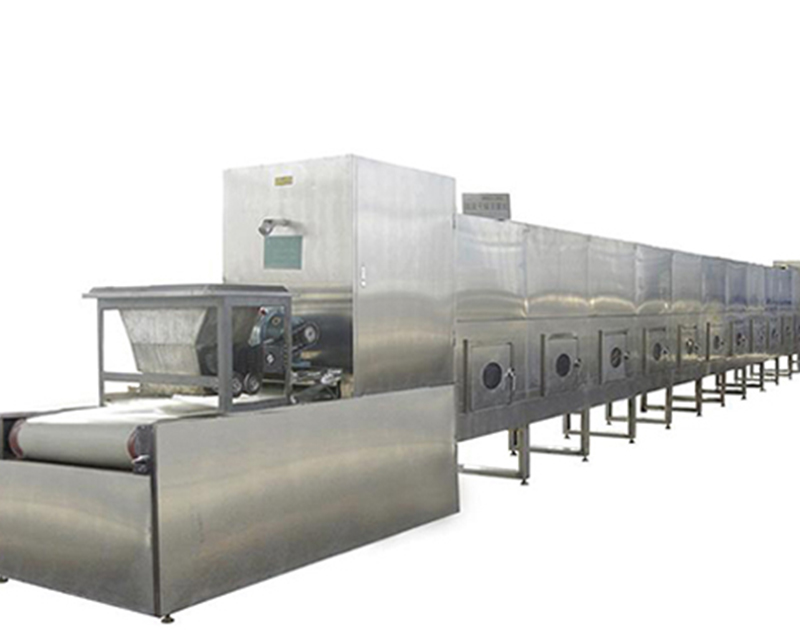Ultraviolet disinfection is applicable to disinfection of indoor air, object surface, water and other liquids. Ultraviolet rays are produced by the excitation of the outer electrons of atoms. The main ultraviolet light source in nature is the sun. When the sunlight passes through the atmosphere, the ultraviolet light with a wavelength shorter than 290nm is absorbed by the ozone in the atmosphere. The ultraviolet disinfection lamp radiates ultraviolet light with a wavelength of 253.7 nm. The ultraviolet ray in this band has strong sterilization ability, and can be used for disinfection and sterilization of water, air, clothes, etc. The UV germicidal lamp tube is made of quartz glass. The mercury lamp can be divided into three types according to the different mercury vapor pressure in the lamp tube and the different UV output intensity: low pressure low intensity mercury lamp, medium pressure high intensity mercury lamp and low pressure high intensity mercury lamp. The germicidal efficacy is determined by the radiation dose received by microorganisms. At the same time, it is also affected by the output energy of ultraviolet ray, which is related to the type, intensity and service time of the lamp. As the lamp ages, it will lose 30% - 50% of its intensity.
The ultraviolet sterilizer has a wide range of applications, usually used in:

1. Food, beverage, beer, practical oil, various cans, cold drinks and other products are sterilized with water.
2. Ultra pure water for electronic industry, military camp, field water supply system. Ultraviolet sterilizer shall be sterilized with water used in hospitals and laboratories and high content of pathogenic wastewater.
3. Residential buildings, residential quarters, office buildings, hotels, restaurants, waterworks, etc. shall be disinfected with water.
4. Aquatic processing purification, shellfish purification, fish processing purification and disinfection.
5. Disinfection of urban sewage.
6. Disinfection of swimming pool and other recreational water.
7. Disinfection of cooling water for thermal power plants, nuclear power plants, industrial production and central air-conditioning systems.
8. Disinfection of water for production of biology, chemical pharmacy and cosmetics.
9. The total treatment water for seawater, fresh water nursery and aquaculture can reach more than 200000 tons per day.
10. Agricultural water, greenhouse water, irrigation disinfection, etc.

